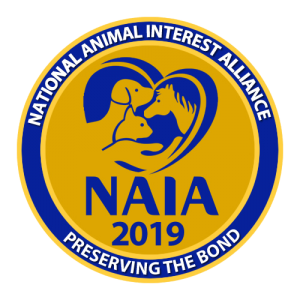Here’s some good news! Supreme Court says constitutional protection against excessive fines applies to state actions:
“For good reason, the protection against excessive fines has been a constant shield throughout Anglo-American history: Exorbitant tolls undermine other constitutional liberties,” Ginsburg wrote. “Excessive fines can be used, for example, to retaliate against or chill the speech of political enemies. . . . Even absent a political motive, fines may be employed in a measure out of accord with the penal goals of retribution and deterrence.”
As a cherry on top, this was a unanimous ruling, too. But how does this relate to animal issues?
For over 30 years we have watched private nonprofit humane societies armed with state police powers seize animals – primarily dogs – under color of law, with very mixed results. There are definitely cases of horrendous neglect and abuse where animals must be removed from their current environment to protect and save their lives.
However, we have also observed animal confiscations that appeared to be little more than media events designed to provide a poster child opportunity for a humane society’s current legislative or fundraising campaign. We have seen seized animals that were portrayed by the shelter as being at death’s door when seized but made available for adoption within days of confiscation.
Decades ago, when dog overpopulation was still a problem in most parts of the country, the primary role of humane societies was to house and rehabilitate stray, neglected, owner relinquished and abused animals, and rehome them. But in the modern era, many shelters serve primarily as a major source of pets in their communities, often importing animals from different states and even foreign countries to maintain a steady supply of adoptable dogs. Confiscating pets in this environment is highly questionable and creates the perception of a serious conflict of interest. In addition, NAIA believes that nonprofit organizations should never be granted police powers, and that animal confiscations should only be carried out by duly appointed law enforcement personnel operating under proper legal justification, not by employees of a private nonprofit operating under the mission statement of their organization.
Three cheers for the Supremes and this decision. This applies to seizure of property that is used in engaging in criminal activity and, since dogs and other animals are defined as property, we expect that state legislatures will address their laws to align with this Supreme Court decision.
 The United States Supreme Court building
The United States Supreme Court building

 Animal Law, Animal Policy, Shelter & Rescue
Animal Law, Animal Policy, Shelter & Rescue  No Comments
No Comments 





